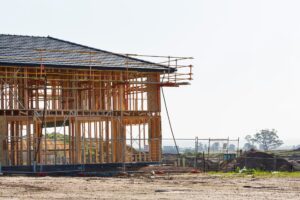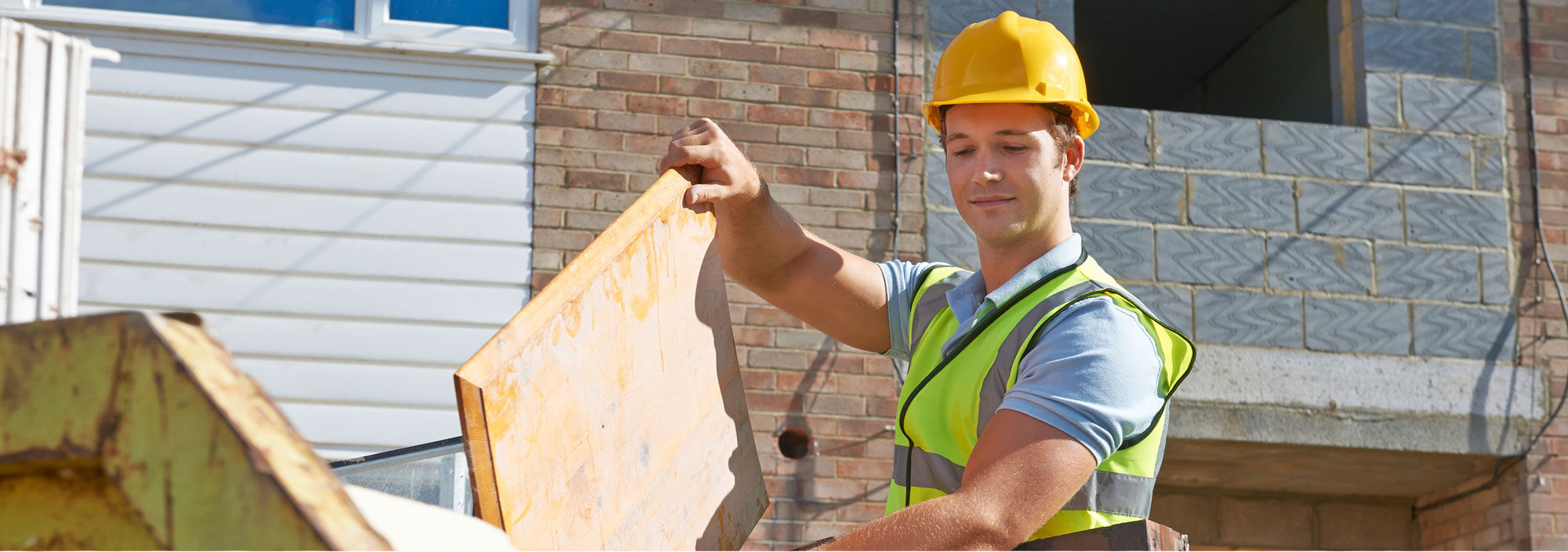Top Strategies for Protecting Your Site During Construction Clean-Up

At our company, we understand the complexities and challenges that come with constructing or renovating a space. Protecting the construction site efficiently is crucial not only for the safety of the workers but also for adhering to regulations and ensuring the environment isn’t harmed. From the initial setup to the final cleanup, each phase requires meticulous planning and execution.
Our team of experts specializes in removing junk and providing top-tier site protection and cleanup services that cater to the unique needs of each project, big or small. Whether it’s safeguarding the site to prevent unauthorized access or managing the disposal of construction debris responsibly, we handle it all so that you can focus on what really matters – your construction goals.
In this article, we’ll delve into the best practices for construction site protection, the essential equipment needed, effective cleanup procedures after construction, and how to dispose of construction waste responsibly. These guidelines are designed to help you maintain a secure, clean, and environmentally friendly construction site.
Understanding the Basics of Construction Site Protection
Protecting a construction site is critical to ensure the safety of workers and the public, as well as to secure valuable materials and machinery from damage or theft. We take a comprehensive site protection approach, prioritizing physical barriers and strategic measures to maintain a secure environment. Firstly, it’s vital to establish a secure perimeter around the site. This usually involves setting up fencing that can deter trespassers and limit access to authorized personnel only. Signage also plays a key role in safety and security, providing clear warnings and directions to avoid accidents and unauthorized access.
Additionally, lighting is an essential element of site protection, especially for sites that are active during early morning or evening hours or are located in less-trafficked areas. Adequate lighting not only helps to prevent theft and vandalism by making the site less attractive to criminals but also ensures workers can see clearly to avoid accidents. Surveillance cameras and alarm systems further enhance site security, offering real-time monitoring and alerts for any suspicious activity. Integrating these elements ensures that the construction sites remain safe, secure, and operational, minimizing potential disruptions and hazards.
Essential Equipment for Safeguarding Your Construction Site
To effectively safeguard a construction site, specific equipment is essential, promoting safety and security from start to finish. We utilize a variety of tools and technologies tailored to meet the unique needs of each site. Here’s a breakdown of crucial equipment:
- Fencing and Barriers: Heavy-duty fencing is necessary to enclose the perimeter, helping prevent unauthorized access and mitigate the risk of accidental entry. Barriers such as concrete blocks or barricades can also be strategically placed to control the flow of traffic around and through the site.
- Surveillance Cameras: Installing cameras at various points around the site provides a 360-degree view, deterring theft and vandalism. These cameras can be monitored remotely, ensuring continuous surveillance without the need for physical presence around the clock.
- Alarm Systems: Alarms are connected to both the entry points and sensitive areas within the site. They trigger alerts in case of unauthorized access, quickly notifying site managers and security personnel.
- Safety Signage: Signs not only provide directions or indicate hazards but also enforce safety regulations. They are critical in areas with a risk of falling debris, open excavations, or heavy machinery operation.
- Lighting: Adequate illumination is crucial, particularly for projects extending into the evenings or spanning large, sparsely populated areas. Bright, motion-activated lights can be particularly effective in warding off potential intruders while ensuring the visibility of workers during nighttime hours.
By implementing this equipment, we significantly enhance the overall security and functionality of the construction site, ensuring that projects proceed safely and without interruption.
Step-by-Step Cleanup Procedures After Construction
Once construction wraps up, the cleanup phase commences—a critical step to transitioning your site from a work zone to a usable space. Our team approaches this methodically to ensure no single nail, scrap of wood, or debris remains. We start by sweeping through the site, collecting all large debris, followed by more detailed attention to smaller waste materials. All types of waste are segregated as per municipal disposal guidelines, ensuring everything is in its right place and ready for proper disposal or recycling.
To efficiently manage this effort, we use high-powered equipment and proven techniques that allow us to work swiftly and effectively. Equipment like industrial-grade vacuum cleaners and magnetic sweepers plays a vital role, especially in collecting ferrous materials scattered around the site. We understand that thorough site cleanup is not just about aesthetic appeal but about making the environment safe and ready for its next use phase.
Best Practices for Disposing of Construction Waste Responsibly
Disposing of construction waste is more than just hauling it away—it’s about being responsible stewards of the environment. We ensure that all materials we gather are evaluated for recycling potential. This includes sorting out metals, wood, and plastics and delivering them to corresponding recycling facilities where they can be processed and reused. Non-recyclable waste is dealt with according to local regulations and is often disposed of in designated landfills in the most environmentally safe manner possible.
We are committed to diverting as much waste from landfills as we can. By investing in this approach, we minimize environmental impact while promoting sustainability within the community. Proper waste segregation and recycling are integral to our operational protocol, helping to conserve natural resources and reduce the construction industry’s carbon footprint. Together with our clients, we contribute to a cleaner, greener planet.
Conclusion
Managing the complexities of construction site cleanup and waste disposal requires meticulous planning, a commitment to environmental sustainability, and an experienced team. By integrating robust cleanup procedures and responsible waste management strategies into our operations, we assist clients in maintaining not only a clean and safe site but also contributing positively to environmental conservation.
We invite those planning a construction or renovation project to partner with us. Experience the peace of mind that comes with knowing your project’s cleanup and waste disposal are managed responsibly and with environmental sensitivity. To learn more about our waste disposal services at Dr. Waste and how we can help you achieve your cleanup goals in a sustainable manner, contact us today. Let’s work together to make a difference.

